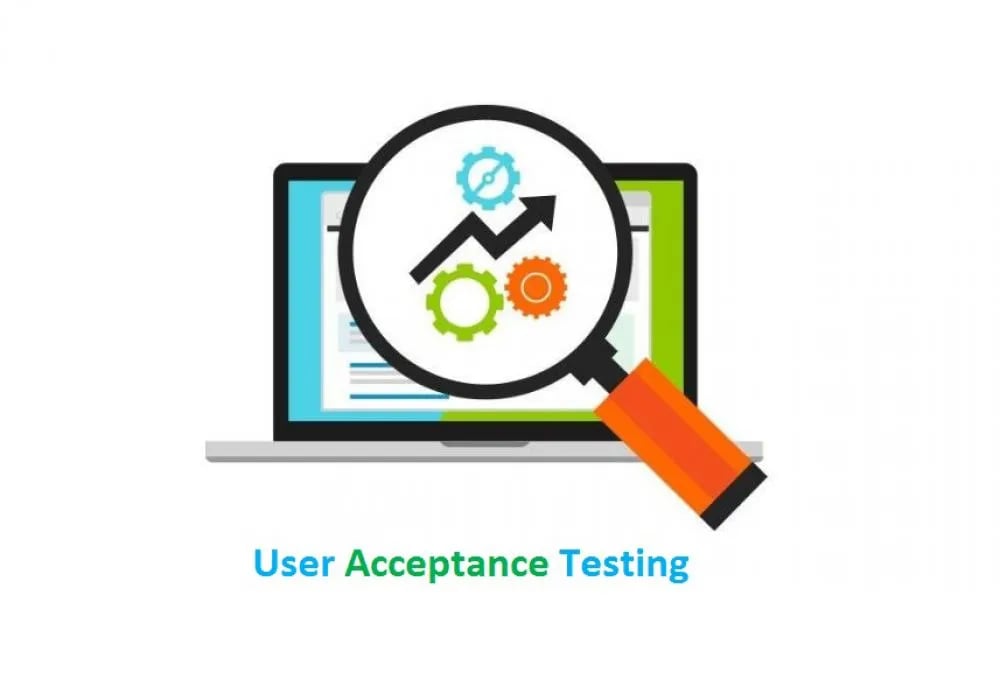May 15, 2018
Challenges and Resolutions for User Acceptance Testing

UAT is a condemnatory component of any software application. The main aim of the user acceptance testing is to execute and test whether the system or product completes all the business and user requirements in terms of security, reliability and easy accessibility. UAT executes well over multiple platforms and is localized for multiple regions.
Following are the three major queries that are best answered with UAT:
- What we are trying to attain with implemented features?
- In which way the end-user will communicate/use the application?
- What features are useful for the end-user to fulfil their needs?
A polished way to examine the user needs and demands
Both employment and business depend upon the competence of needs. Professionals must target themselves to the software success by extracting and executing the product requirements.
Currently, the way is to assign these roles and responsibilities to a business analyst, who is able to fulfil the business requirements as well as the team requirements and support both the end-user and the stakeholders. Depending upon the testing needs, the consultants must design and write test cases providing an advantage to succinct requirements. Every test case has well-defined appetence logics and reproduces a characteristic of functionality by performing all the steps in a sequential manner. If an application is developed as per all the induced and documented business requirements, then there is only one tread left before delivering the software/application i.e. User acceptance Testing. Once it is completed successfully, then the tester will inform the development teams about the risks and undefended gaps. If UAT is not done properly then the defects become more expensive to fix.Effective ways and resolutions to overcome these challenges:
- Choose equitable resources: Hire a well versed professional testing team with the domain expertise knowledge to perform UAT. Since the UAT team is more technical, a whole team should be assigned to perform UAT before the release of the application.
- Create a comprehensive UAT plan: Create a customize and detailed plan as per the business requirements and follow a scenario checklist to validate if the right plan is being executed and perform preparation evaluation to verify if we have done everything right.
- Define initiation process: We again perform the UAT when all the pending issues have been fixed. The process includes test scripts creation, test environment setup, training of testers(if necessary), understanding against requirements of the application, awareness about the pass/fail criteria.
- Communicate and synchronize: Be careful with over-confidence on communication plans, UAT is an excellent chance for wide variation supervision and supplement. There should be no wonders for users concerning what the test is about. Testers should be aware of the aim and objectives like exit criteria, hours and participants.
- Track and measuring reports: We can use the excel sheets to document everything that occurs while performing UAT for the purpose of tracking. Information includes who has performed testing, what were the test cases and scenarios along with the results, defects, issues and daily reporting.
- Execute scenarios to business urgency: Try to execute the level of difficulty, iterations and details of the test scenarios/test cases to business urgency of the particular feature being tested.
A software application might make you lose your capital if the business requirements of the application is not able to meet the end-user expectations. If UAT is correctly done by the experts with excellent skills, goals and knowledge of the application, then it will help to discover risky features and system weaknesses as well as minimizes massive rework expenses.
We, at BugRaptors, when performing UAT try to cover all business requirements and make sure that we can achieve the required task from the viewpoint of the end-user and set up a proper test environment to achieve high quality.